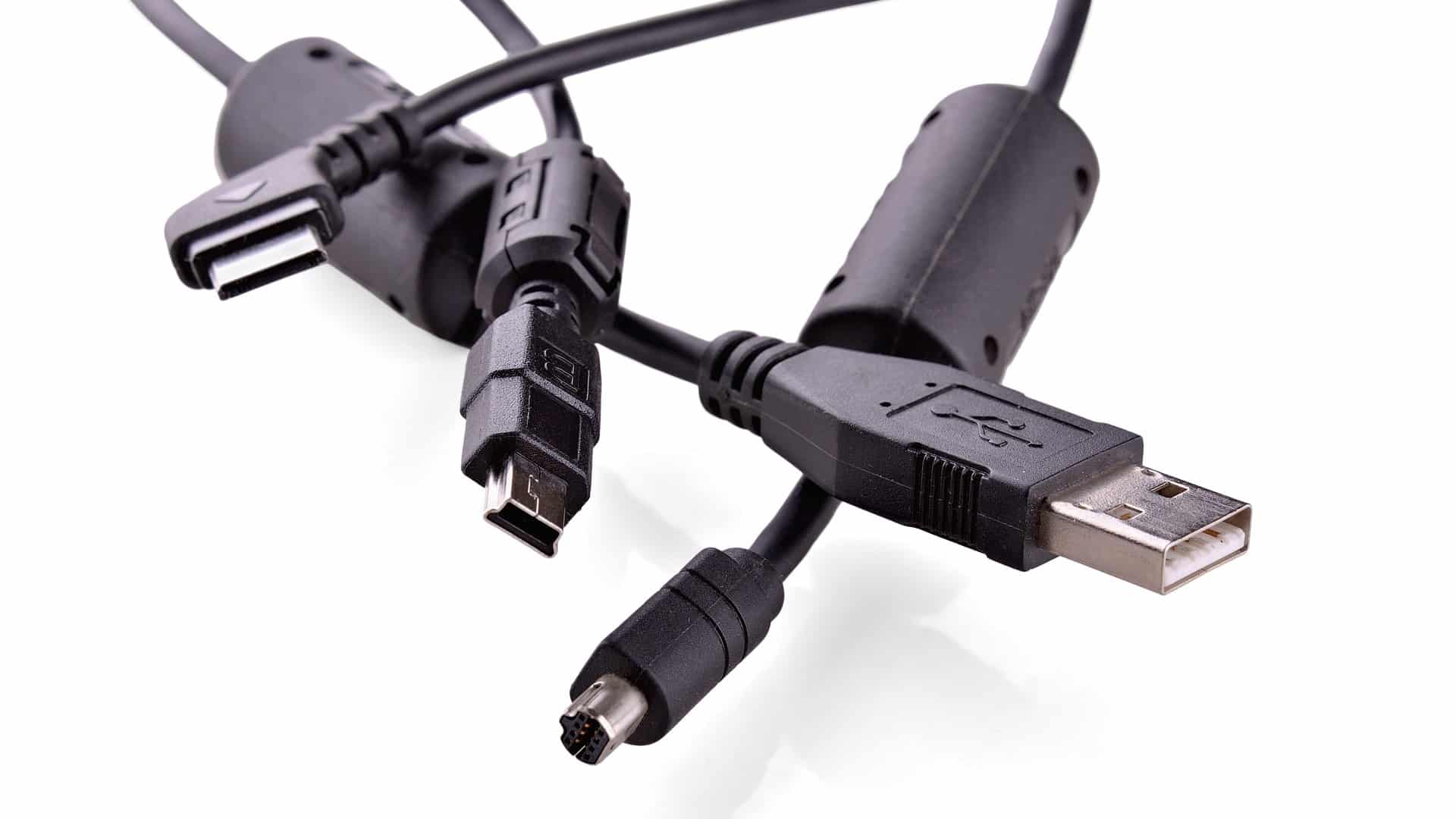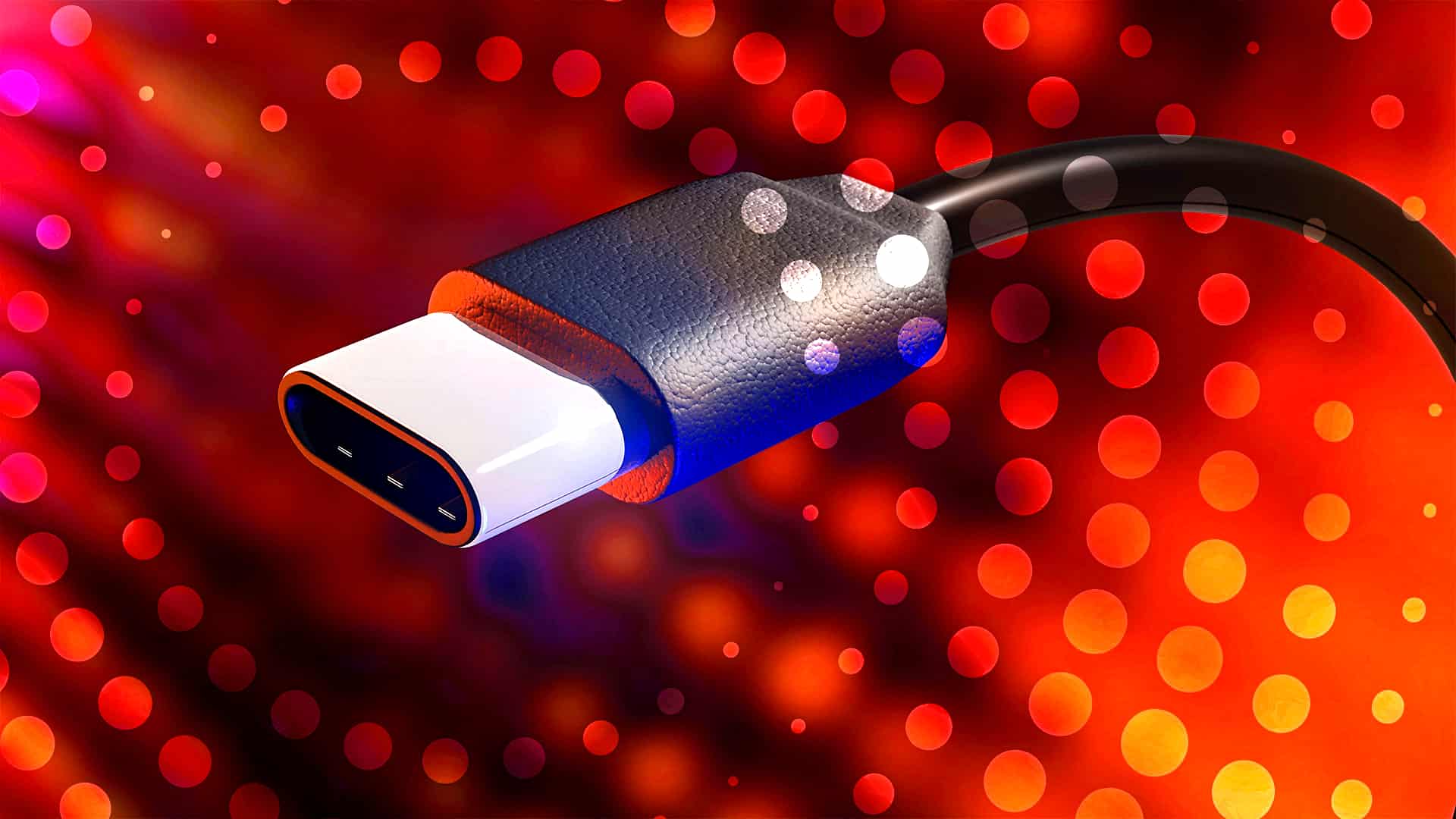The upcoming iteration of the universal port doubles the bandwidth and should work fine with some older cables.
The USB Implementers Forum – or (USB IF) – as the responsible organisation has announced new information on the next generation of the universal transmission standard in use worldwide. A (press release) reveals a lot of info about the upcoming standard.
First things first: When buying cables or memory sticks, you will have to look even more carefully in future than you already do. Instead of simply making a version leap and calling the new standard USB 5, the consortium has decided to call it USB 4 Version 2.0
instead. This continues the previous confusion of names around USB, as a Twitter user points out:
USB Naming Standards…
USB 1.0
USB 1.1
USB 2.0
USB 3.0
USB 3.1
USB 3.2
USB 3.2 Gen 1
USB 3.2 Gen 2
USB 3.2 Gen 1×2
USB 3.2 Gen 2×2
USB4
USB4 Version 2.0– Charlie (@ghost_motley) September 1, 2022
New speed record coming up
It’s getting fast: Even the current version of USB 4 should be perfectly adequate for most devices, but of course you also have to think about the future. That’s why USB 4 version 2.0 apparently wants to play it safe and doubles the transfer rate compared to its direct predecessor – at least when a USB Type-C connection is used.
Instead of 40 GBit/s (gigabits per second) as before, an impressive 80 GBit/s of data will flow through your cable in the near future. Converted, that’s an impressive 10 gigabytes per second. Even the largest data volumes should be able to be transferred in no time at all. This also breaks the Thunderbolt 4 connection, which is generally regarded as fast, and which also only achieves 40 Gbit/s.

You may not need new cables
But the best news is yet to come. For those who are already worried about having to buy numerous new USB cables in view of this increase in speed can breathe a sigh of relief. The USB IF explicitly confirms in the press release that the 80 GBit/s will also be achieved with already available USB 4 cables (Type C variant).
How exactly this is to be achieved is not explained further on the technical side. What is clear, however, is that there will also be a completely new generation of USB-C cables that rely on a revised architecture inside. The protocols for data transfer will also be updated for the upcoming standard, which will even benefit some older connection variants such as USB 3.2.
More information on USB 4 version 2.0 will probably be available at the USB Developer Days 2022, which will take place in Seoul from 15 to 16 November 2022. At the moment, the information is mainly aimed at developers. It will probably take at least until 2023 before the first products with the new standard will be commercially available.
Would you be happy about a transmission rate of 80 GBit/s? Or have you not even managed to use the current USB 4 cables to capacity so far? Let us know what you think about the new technology in the comments!


